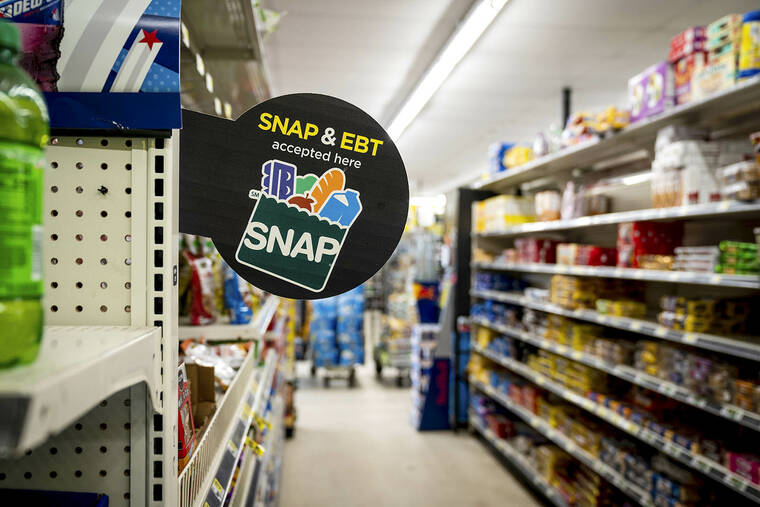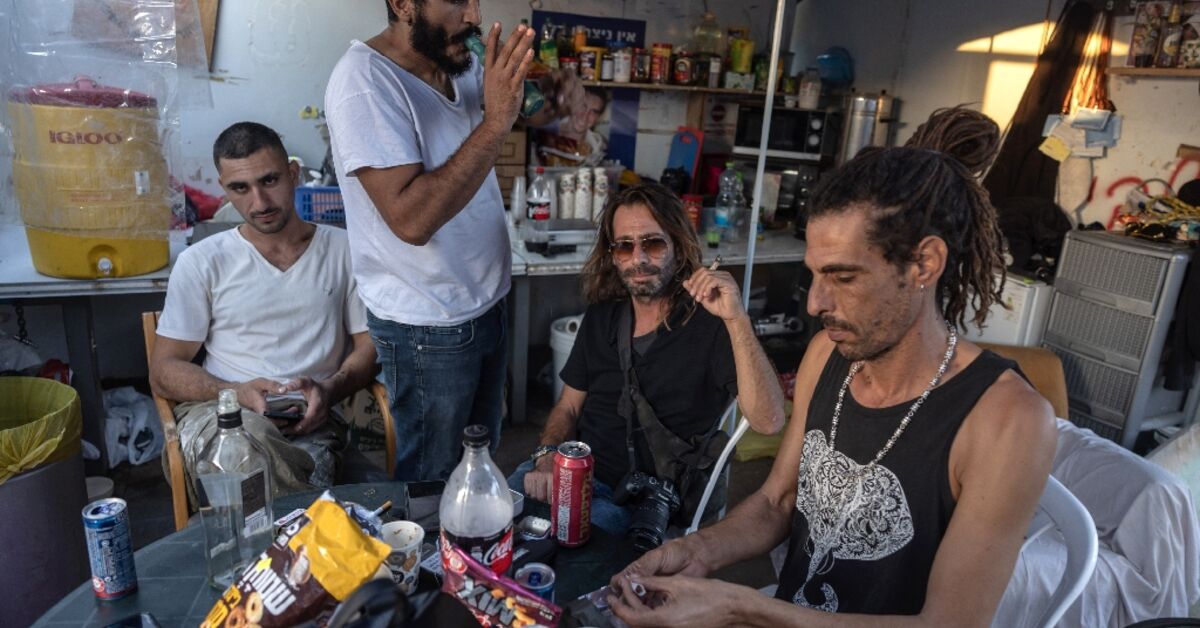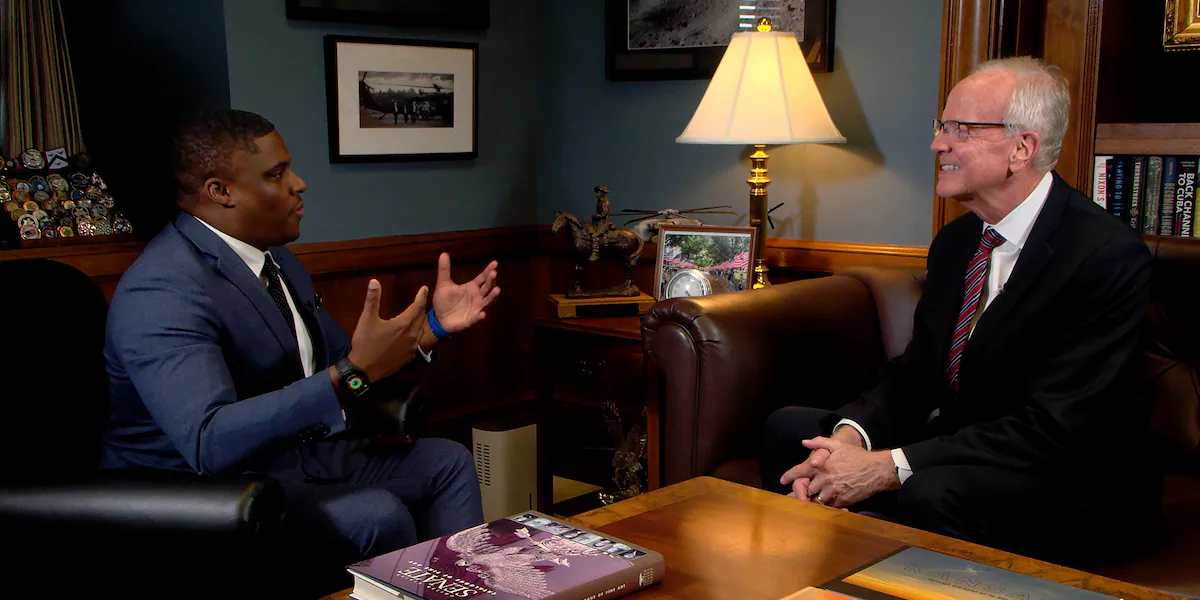Copyright staradvertiser

A growing number of Hawaii’s children and families have slipped into poverty since the end of the COVID-19 pandemic, a new report from the Annie E. Casey Foundation finds: child poverty rose to 12% in 2022-2024, from 9% in 2019-2021. Distressingly, that number is poised to rise as federal offices escalate cuts and withhold funding that might otherwise buffer the neediest against poverty’s penalties of hunger, homelessness and poor health. This poses a challenge that must be addressed by all in Hawaii. The state, with community support, must act to prevent lasting damage to families, foster stability and resilience, and set the stage for further economic improvement, benefiting all households. Look to recent history here for valuable lessons. “The choices made during economic contractions don’t just affect budgets; they shape the long-term well-being of communities,” Hawaii Appleseed’s Will Caron observed, in a 2019 report on Hawaii’s response to “the Great Recession,” which battered state revenues between 2009 and 2012. To cope, the state slashed mental health services, nonprofits’ social service contracts, Medicaid and disability supports, and school days — but Appleseed cites data showing that this increased homelessness and State Hospital placements, reduced aid and recovery services, and caused daunting drops in stability and security for low-income families. Additionally, between 2008 and 2015, fully 47% of neighbor island homes sold went to out-of-state investors — and by 2016, as prices continued rising, Hawaii had the nation’s highest rate of homelessness. Then came COVID-19, which plunged everything even lower. Hawaii’s low-income families are hit hardest by economic setbacks. In June, the Casey Foundation’s annual KIDS COUNT Data Book ranked this state among the worst in the nation for families’ economic well-being, with high rates of housing and job insecurity. This cannot be sustained. To avoid a tipping point at which families flee the islands en masse to meet basic needs, or crime and violence flare because of the destabilizing conditions, full-court support for statewide efforts to fill the gaps is necessary. Safety-net programs must be prioritized, as must the nonprofits and agencies delivering them. This benefits all families, stabilizing communities and improving our common security. Access to adequate, nutritional food threatens to become a crisis-level problem within days, with federal warnings that Supplemental Nutrition Assistance Program (SNAP) benefits won’t be paid out for November. Thankfully, the state and multiple nonprofits are poised to help: Free meals for qualifying families in public schools began statewide this year, and donations to food banks are up, though much more is needed. The state has set up a temporary assistance fund, the Hawaii Relief Program, drawn from federal welfare funds to aid households with children on housing and utility payments, compensating for lost food aid; more details are expected Wednesday. And the Legislature has established a $300 million “contingency fund” that can be tapped, though its use has yet to be determined. Residents can certainly help by pitching in, with donations to food banks and programs that provide meals to Hawaii’s youth or seniors, and by volunteering for outreach and service programs. To counter the effects of poverty on vulnerable populations under these circumstances, locally rooted programs are more important than ever. These are nonprofits such as the Palama Settlement, with its after-school and senior programs, and assistance with navigating searches for jobs, health care, food aid or housing; and the Boys and Girls Club of Hawaii, which pairs students with mentors, provides a safe place for youth with working parents to hang out and offers meals to kids and their families. Support these organizations, help where possible, and remember that the families in need, if not yours, are your neighbors. If now-threatened federal aid such as tax credits, food help and housing subsidies were to disappear, the Casey Foundation projects, more than 1 in 4 Hawaii youths — 28% — would live in poverty.



